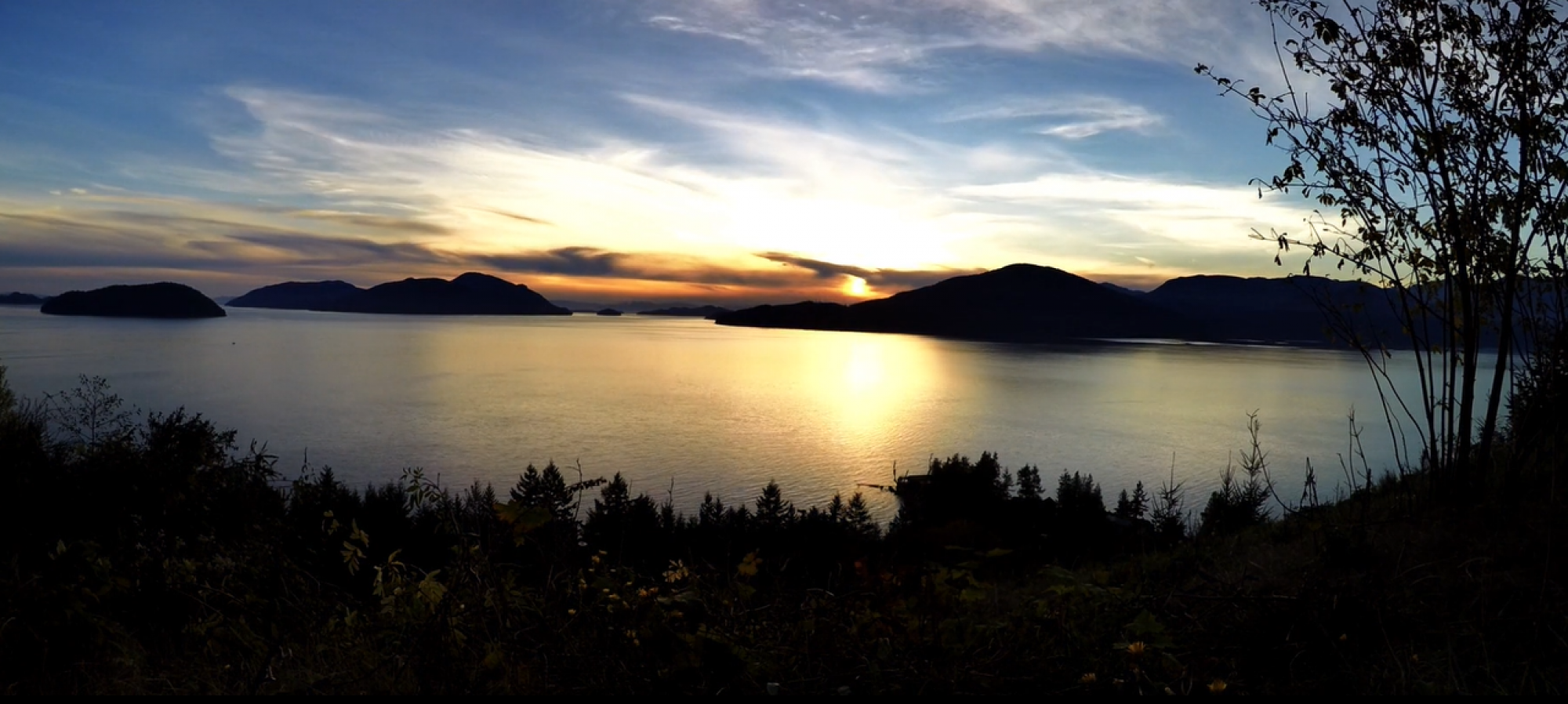
Background
Rachel Louise Carson or Rachel Carson (May 27, 1907 – April 14, 1964) was an American marine biologist, author, and conservationist who fell in nature and ocean in her whole life. Rachel grew up in a simple family in the rural river town of Springdale, Pennsylvania, just up the Allegheny River from Pittsburgh. She was a daughter of Maria Frazier (Mclean) and Robert Warden Carson, an insurance salesman. Unfortunately, she died on April 14, 1964 (Aged 56) at Silver Spring, Maryland, the U.S. due to Breast Cancer.
Education
Rachel Carson joined Pennsylvania college, currently known as Chatham University from 1925-1929, originally going to major in English, but changed and graduated as a biologist. She then continued to prior her knowledge of biology by majored in zoology and genetics at Johns Hopkins University (1929-1932).
Relationship
Carson did not pursue any relationship as husband and wife; however, she has a very good friendship with her best friend, Dorothy Freeman. This solid friendship lasts for the rest of her life and they mostly communicated by letters. Over the course of 12 years, they’ve exchanged approximately around 900 letters.
Early Career and Publications
Carson took a position as an aquatic biologist which she had to analyze, report field data on fish populations, to write brochures and other pieces of literature for the public for the U.S. Bureau of Fisheries. She remained in the U.S. Bureau of Fisheries also known as U.S. Fish and Wildlife Service until 1952.
She then continued in her path of biology by being a member of the MBL (Marine Biology Laboratory) corporation from 1952 until her death.
Beginning in the 1940s, Carson and other scientists grew concerned about government pest-control programs that used DDT and other synthetic chemicals. Those chemicals hurt far more species than just mosquitoes and fire ants. Silent Spring, which took its title from Carson’s fear of a spring without chirping birds, played a large role in inspiring the modern environmental movement regarding this issue.
Accomplishments
Carson was well-known for her writings on environmental pollutions and natural history of the ocean.
She became an author of four books includes:
- Under the Sea Wind (1941)
Under the Sea Wind was Carson’s first remarkable work celebrating the mysteries and beauties of birds and sea creatures in their habitats. It is well-known as one of America’s greatest nature masterpiece.
- The Sea Around Us (1951)
The Sea Around Us preceded by Under the Sea Wind was a prize-winning and best-selling book by this best-known author in nature. This book articulated the importance of our watery globe. She explained mountains and canyons secrecy hiding below the ocean and how they were found. She continued to further introduce us to islands, global winds, rain, currents, and tides. She merged her writing with imaginations, facts, and expert knowledge. This book made her become an international writer of nature and ocean’s significance.
- The Edge of the Sea (1955)
The Edge of the Sea has always been a book that Rachel wanted to write about. It’s a guidebook to the ocean; however, it turned out to be more than just a guidebook. It introduced a world of teeming life where the sea meets the land. A scientifically accurate exploration of the ecology of Atlantic seashore and what we can find at the edge of the sea.
- Silent Spring (1962)
Silent Spring is an environmental science book that documented adverse effects of pesticide used. She accused the chemical industry of spreading misinformation for the world to accept the use of pesticides.
Unfortunately, Carson died two years after Silent Spring published. She died before she could see any substantive results from her work on this issue, but she left behind some of the most influential environmental writings ever published. Her silent inspiration through writings is witnessed by the world by celebrating ‘Earth Day’ every April 22 and establishing a program called Responsible Care by the Chemical Manufacturers Association (now American Chemistry Council) in 1988, to help the chemical industry improve its safe management of chemicals from manufacture to disposal.
